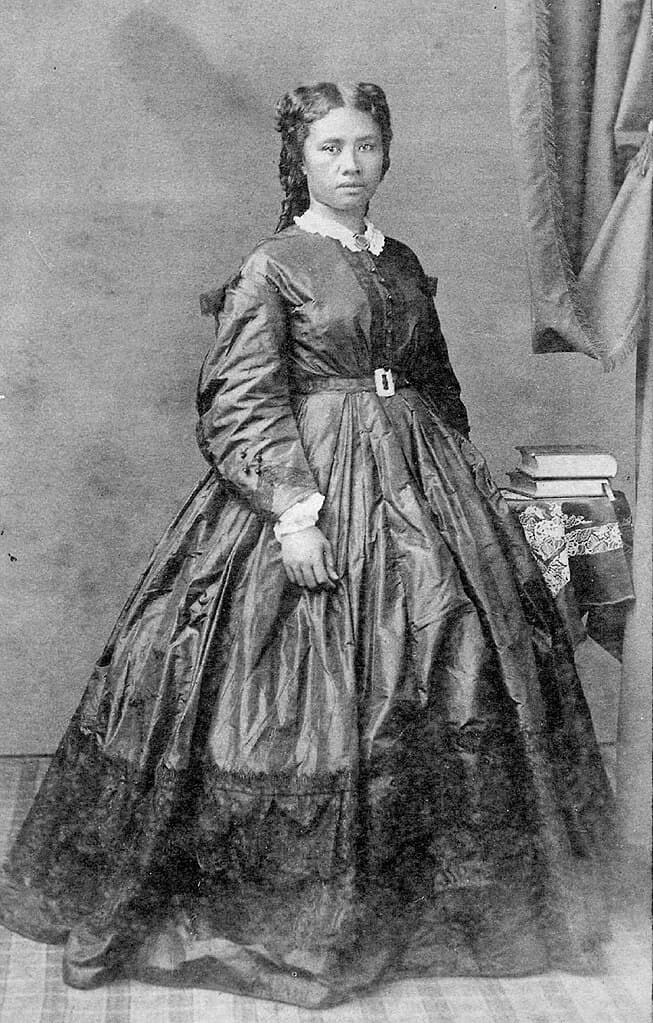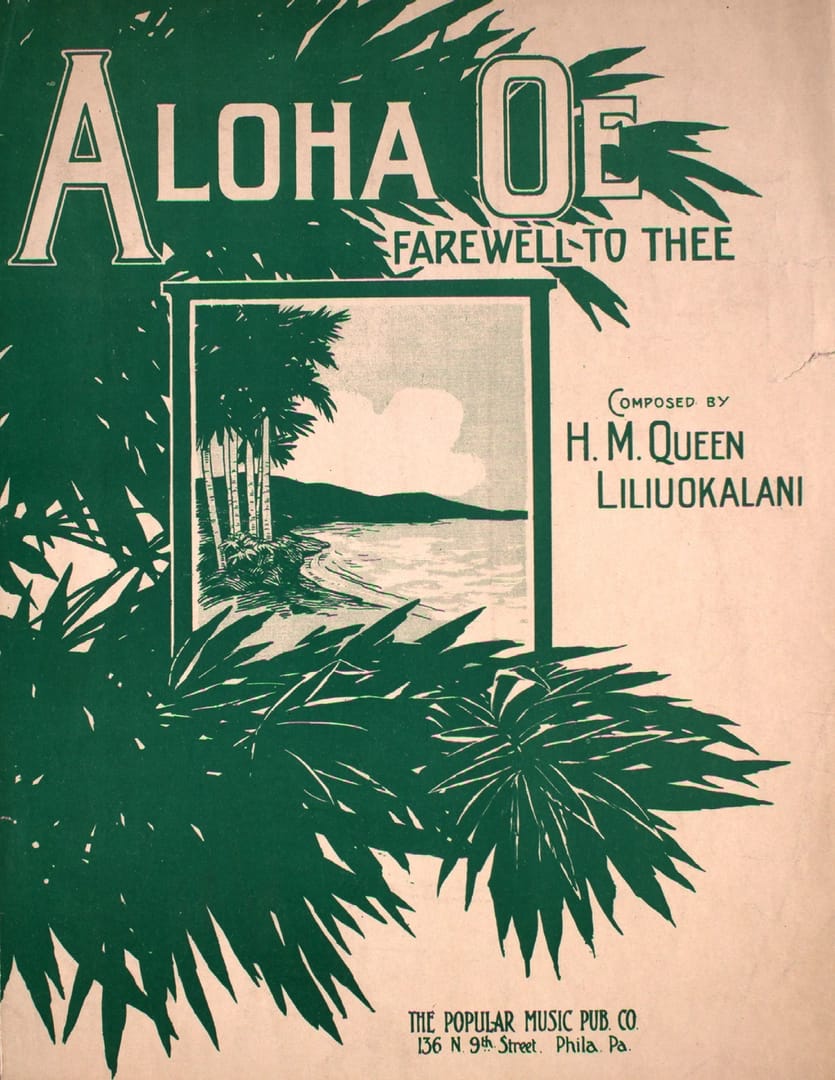In recognition of AANHPI Heritage Month, Classical California celebrates the contributions of Asian American, Native Hawaiian, and Pacific Islander musicians and composers. The AANHPI umbrella includes diverse traditions, identities, and ethnicities, including East Asian, South Asian, Asian American, Native Hawaiian, Pacific Islander, and many others.
Joe Hisaishi
Known for his fanciful music that has accompanied no less than ten of Hayao Miyazaki’s popular films, including “Spirited Away" and “My Neighbor Totoro,” Joe Hisaishi has been a frequent collaborator with Studio Ghibli, the famed Japanese animation studio. Born in Nagano in 1950, Hisaishi debuted his first large-scale works in the early 80s, already demonstrating a keen interest in minimalism, a style of composition that uses spare musical materials to build a piece, often incorporating repeating rhythms or small melodic units. Hisaishi’s impressive body of work spans over 80 Japanese and foreign films. His most recent project is a new symphony (Symphony No. 2) subtitled “Viola Saga,” featuring the Vienna Philharmonic with soloist Antoine Tamestit. Watch the trailer for the album here:
Yo-Yo Ma
Chinese American Cellist Yo-Yo Ma has been an influential musician in the classical world since the early 1960s, displaying a precocious talent. At the age of 3, he apparently told his parents he wanted to play the biggest instrument possible, eventually settling on the cello. Soon, Ma was appearing before Presidents Dwight D. Eisenhower and John F. Kennedy. Ma has established a prolific solo career as a pre-eminent soloist and chamber musician, and also continues to garner critical acclaim for his forays into improvisation, bluegrass, and the music of the Middle East and China in the and the Goat Rodeo Sessions. The Silk Road Ensemble explores musical traditions spanning the Silk Road, the network of ancient silk trade routes connecting China to Europe. In the Goat Rodeo Sessions, Ma played and improvised alongside Bluegrass musicians. Silkroad’s newest project, “American Railroad” examines the role African American, Chinese, Indigenous, Irish, and other immigrant communities played in the birth of the U.S. Transcontinental Railroad.
Queen Lili’uokalani
You may know Queen Lili’uokalani as the last reigning monarch of the Hawaiian Kingdom, but did you know she was also a prolific and talented composer? Lili’uokalani mastered the piano, organ, and autoharp, and wrote more than 150 songs in her lifetime. She and her three siblings—David Kalākaua, William Pitt Leleiōhoku, and Miriam Likelike—are known as “Nā Lani ‘Ehā” (The Four Heavenly Ones) for their foundational contributions to Hawaiian musical culture. Queen Lili’uokalani is the author of “Aloha ‘Oe” and “He Mele Lahui Hawaii,” (“Song of the Hawaiian Nation”), the latter of which was used as the Hawaiian national anthem in 1866 before it was replaced by “Hawai’i Pono’ī” ("Hawaii’s Own") in 1874, with words composed by Lili’uokalani’s brother, King Kalākaua.

Queen Lili’uokalani (then a Princess) in her late twenties, c. 1865, about one year before she composed the former Hawaiian national anthem, “He Mele Lahui Hawaii,” (“Song of the Hawaiian Nation”).
Anne Akiko Meyers
California-born violinist Anne Akiko Meyers has been gracing the stages of the world’s major concert halls since her teens. Growing up, she and her mother would travel four hours each way so she could take lessons at the predecessor to the Colburn School. Meyers has performed numerous commissions by leading contemporary composers, including Arturo Márquez. Her 2021 premiere of Márquez’s violin concerto Fandango with the LA Philharmonic under the baton of Gustavo Dudamel was nominated for a Grammy. She is currently the artistic director of the Laguna Beach Music Festival and will soon be performing new commissions by Eric Whitacre and Philip Glass. Meyers recently debuted at NPR’s beloved Tiny Desk concert series, showcasing works by Glass, Saint-Saëns, and Morten Lauridsen.
Reena Esmail
Indian American composer and LA native Reena Esmail unites influences of Indian and Western classical traditions in her music, and focuses mainly on orchestral, chamber, and choral genres. She currently holds a prestigious fellowship as the Los Angeles Master Chorale’s 2020–2025 Swan Family Artist in Residence. Her works have been commissioned by Seattle Symphony, Baltimore Symphony, and Kronos Quartet, among others. Her recent work “TaReKiTa” is a technicolor wonderland of Hindustani rhythms that began life as a gift for Los Angeles’ Urban Voices Project, a choir of people who are currently homeless or have recently experienced homelessness. Recalling the lively sound of the tabla, Indian hand drums, “TaReKiTa” has fast become a new staple of the choral repertoire.
Los Angeles Master Chorale performs Reena Esmail’s joyful exploration of Indian rhythm, “TaReKiTa.”







